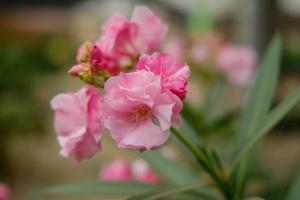1、 Breeding method
1. Light: small leaf red sandalwood likes light. It needs to be placed in a sunny place. If it is an indoor potted plant, it is recommended to put it on the balcony or windowsill to ensure long-term sun exposure
2. Soil: small leaf red sandalwood has low requirements for soil. Its root nodules have the ability of nitrogen fixation and can improve the soil quality. Therefore, as long as it is loose enough and has good drainage and ventilation. It is best to plant in weathered laterite

3. Watering: small leaf red sandalwood likes moisture and is not drought resistant. Water it every 2 to 3 days, usually in the morning or evening. Don't water it at noon. High temperature accelerated evaporation will lead to water shortage. When watering, be sure to water thoroughly, but there shall be no ponding, which will cause the root to be unable to breathe and affect the growth of the plant
4. Fertilization: red sandalwood has the function of nitrogen fixation, so it does not need to be fertilized frequently. When planting, select compound fertilizer as the base fertilizer, and apply fertilizer twice a year
2、 Reproductive skills

Small leaf red sandalwood is usually propagated by seeds. From April to may, seeds can be harvested after the fruit is mature. If there is no obvious dormancy, seeds can be sown and germinate after 7 days. However, the germination rate of direct sowing is not high. If you want to improve the germination rate, you can soak it in clean water for a week before sowing and change the water once a day. This will greatly increase the germination rate
3、 Pest control

There are few diseases and insect pests in red sandalwood. However, it is easy to be infected with anthrax and nevus at the seedling stage, which can be controlled with Bordeaux solution or carbendazim dilution. Leaf eating pests such as honeysuckle beetle and beetle will also cause damage to them. Trichlorfon can be used to kill them

 jackfruit
jackfruit snake plant
snake plant hibiscus
hibiscus hydrangea
hydrangea lavender
lavender Green roses climb al...
Green roses climb al... If you don't pay att...
If you don't pay att... Management of four g...
Management of four g...



































